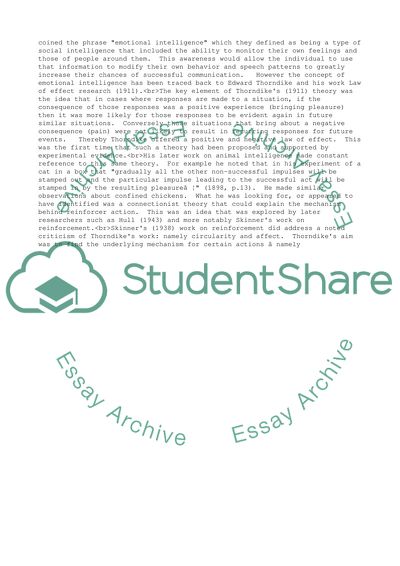Cite this document
(“Emotional Intelligence Essay Example | Topics and Well Written Essays - 1250 words - 1”, n.d.)
Retrieved from https://studentshare.org/business/1580169-emotional-intelligence
Retrieved from https://studentshare.org/business/1580169-emotional-intelligence
(Emotional Intelligence Essay Example | Topics and Well Written Essays - 1250 Words - 1)
https://studentshare.org/business/1580169-emotional-intelligence.
https://studentshare.org/business/1580169-emotional-intelligence.
“Emotional Intelligence Essay Example | Topics and Well Written Essays - 1250 Words - 1”, n.d. https://studentshare.org/business/1580169-emotional-intelligence.


